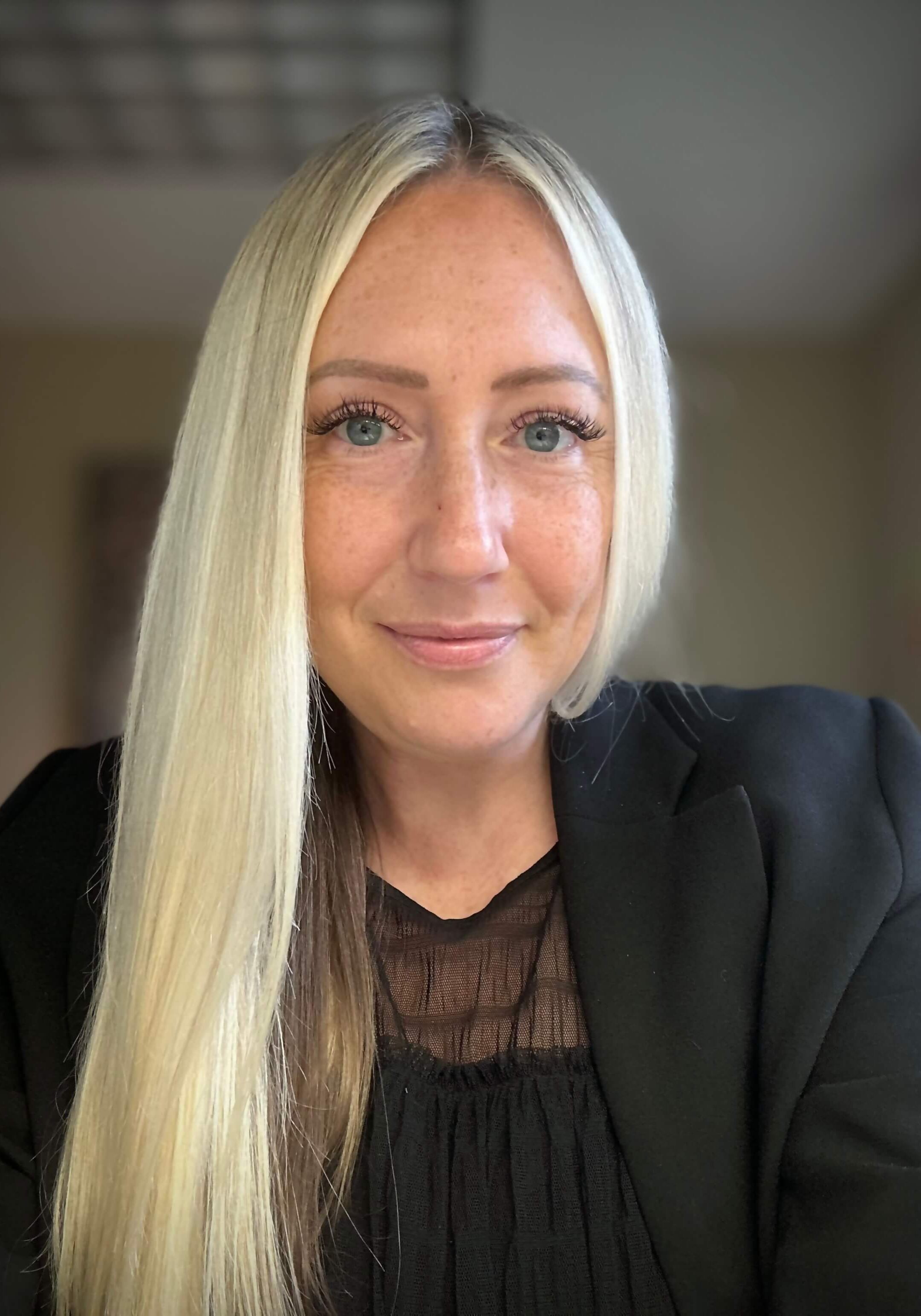PMTA Staff

Rebecca Oyler
President and CEO
Rebecca has led PMTA since February 2021. Her experience prior to joining the trucking industry includes almost 20 years in state government with the Departments of State, Conservation & Natural Resources, and Community & Economic Development. She also worked for several associations, most recently the National Federation of Independent Business (NFIB), where she advocated for small businesses in Harrisburg. Rebecca holds a B.A. from the University of Pennsylvania and an M.A. from Georgetown University.

Michelle Timmermans
Administrative Assistant
Michelle joined PMTA in 2022, she has been in the administrative field for over 15 years and is a Notary Public. She and her husband Keith live in Manchester, PA. She is originally from Dale City, VA.
Direct Line: (717) 761-7122

Wendy Palermo
Operations Manager
Wendy has been with PMTA since 2004 in Motor Vehicle Services / Titling and Registration. She comes from the PA Department of Transportation, Commercial Registration Section. She has an Associates Degree in Business Administration from Thompson Institute.
Direct Line: (717) 970-3226

David McCord
Director of Member Engagement
David grew up in Raleigh, North Carolina and moved to Pennsylvania in high school to live with his grandmother. He has a Bachelor's Degree in Business Administration from Central Penn College.
Before coming to PMTA, David worked in the hospitality industry for 16 years climbing to the top from Breakfast Attendant to Area General Manager. The pandemic gave David an opportunity for a career change. Most recently, he worked for the United Way implementing the 2-1-1 system. David is a natural go-getter. He likes to grow and develop his own skills but feels the need to be a part of something meaningful and rewarding.
David and his wife live in York Haven and are kept busy by their three children, two doodles, five cats (one with three legs) and a marine aquarium. David enjoys anything involved in being outside, reading and traveling.
Direct Line: (717) 970-3227

Anthony Cloud
Director of Safety and Education
Anthony Cloud joined PMTA as our new Director of Safety and Education. With a strong background in safety and risk management, Anthony brings years of experience to the role.
A former police officer, he transitioned into the transportation industry, spending six years in the safety department at JB Hunt before serving as Safety Manager at NAPA Transportation. Most recently, he was the Safety Director at RC Moore, where he played a pivotal role in enhancing safety protocols and compliance.
Outside of work, Anthony is a dedicated family man, happily married with a 10-year-old son. He is passionate about cycling and enjoys exploring new trails in his spare time.
Direct Line: (717) 229-6756

Kammi Bredbenner
Director of Communications
Kammi Bredbenner joins PMTA as the new Director of Communications.
As a youngster (up until, and after college) Kammi spent over 12 years working in food and beverage at Hersheypark. Post college, Kammi began work at a print shop learning all there is to know about the printing process and designed candy bar overwraps for special events (using only Hershey’s candy bars – obviously)!
After becoming a print-master, off to Philly she went for her big break in advertising working as a production artist and photoshoot producer on clients such as Sunoco, Dietz & Watson, PLCB and Donate Life PA. Next stop: back to Harrisburg to build a brand-new Studio Design department at a Harrisburg-based ad agency. Here, Kammi had the opportunity to work on clients such as StarKist, Hershey’s, and Labatt Blue. Kammi left advertising in 2018 and joined a non-profit who’s mission it was to advocate on behalf of those with intellectual disabilities and autism. In this role, Kammi was responsible for marketing and membership growth.
Before coming to PMTA, Kammi worked in association management as the Executive Director for a group of physicians.
Kammi holds a BFA in Communication Design from Kutztown University.
Direct Line: (717) 745-5924
